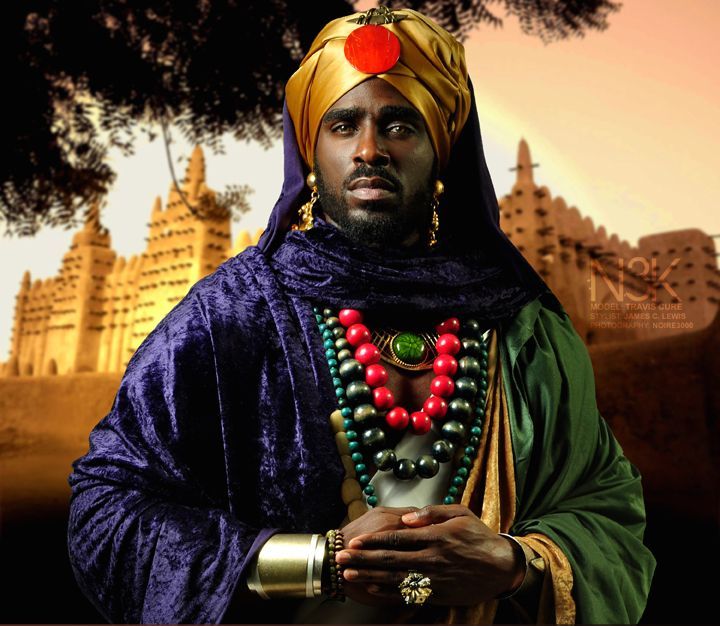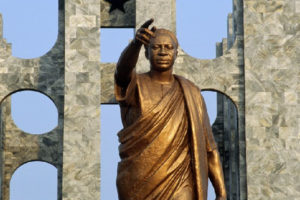The greatest rulers of Africa
Ep. 1: Sundiata Keita
Sundiata Keita, Sundiata also spelled Sundjata or Soundiata, also called Sundiata, Mārī Diāṭa, or Mari Jata, (died 1255), West African monarch who founded the western Sudanese empire of Mali. During his reign he established the territorial base of the empire and laid the foundations for its future prosperity and political unity.
Sundiata belonged to the Keita clan of the Malinke people from the small kingdom of Kangaba, near the present Mali-Guinea border. Little is known about his early life. Malinke oral traditions indicate that he was one of 12 royal brothers who were heirs to the throne of Kangaba. Sumanguru, ruler of the neighbouring state of Kaniaga, overran Kangaba at the beginning of the 13th century and murdered all of Sundiata’s brothers. According to tradition, Sundiata was spared because he was a sickly boy who already appeared to be near death.
It is believed that Sundiata was once a dugu-tigi, or headman, of one of the villages of Kangaba. He organized a private army and consolidated his position among his own people before challenging the power of Sumanguru and the neighbouring Susu people. He defeated Sumanguru decisively in the Battle of Kirina (near modern Koulikoro, Mali) about 1235 and succeeded in forcing the former tributary states of Kaniaga to recognize his suzerainty. In 1240 Sundiata seized and razed Kumbi, the former capital of the Sudanese empire of Ghana, and by this act succeeded in obliterating the last symbol of Ghana’s past imperial glory.
After 1240 Sundiata apparently led no further conquests but consolidated his hold on the states already under his control. His generals, however, continued to extend the boundaries of his empire to include areas as far north as the southern fringes of the Sahara (including the important trade centre of Walata), east to the Great Bend of the Niger River, south to the goldfields of Wangara (the exact location is still unknown to scholars), and west to the Sénégal River.
Soon after 1240 Sundiata moved the seat of his empire from Jeriba to Niani (also called Mali), near the confluence of the Niger and Sankarani rivers. The lure of profits from the gold trade, made possible by Mali’s acquisition of Wangara, and the tranquillity that prevailed under Sundiata’s leadership attracted merchants and traders, and Niani soon became a key commercial centre in the Sudan.
Although Sundiata was nominally a Muslim and therefore acceptable to the predominantly Muslim merchant class, he managed to retain his support among the non-Muslim population. He did so by fulfilling many of the traditional religious functions expected of rulers in the West African societies whose political leaders were viewed as religious figures with quasi-divine powers. Little is known about the actual administration of Mali during Sundiata’s time. The imperial system he established, however, survived the years of internecine conflicts over the succession after his death.




